What does this image bring you? Beginner's Mind? Curiosity? Non-Judgement? Self Acceptance? Peace? Good. Notice your body. Notice your breathing. Greater Mindfulness is the intention. Today I invite you to a 5 min Anger de-escalation exercise. Close your eyes. Today I want you to take yourself to an upsetting situation where you did not feel safe.
Anger and Mindfulness
Think of that person who upset you. What do you see now? Notice Your Body. Notice your breathing. Have you ever been in a situation where you've been overly alert and on edge? Remember the Polyvagal nervous system (autonomic nervous system that is influenced by the central nervous system) as a traffic light. Green is healthy social engagement accompanied by symptoms such as groundedness and curiosity, yellow is a heightened arousal state of fight or flight accompanied by symptoms such as rage, irritation and anxiety, and red is a freeze state accompanied by symptoms such as feeling trapped and depressed. What do you see when you think of that person who angers you? Red or Yellow? According to Very Well Mind, "Anger and irritability are hyperarousal symptoms of PTSD. Think of hyperarousal as a constant state of "fight or flight." This heightened anxiety can have a variety of symptoms including difficulty sleeping, irritability, and hypervigilance. Exercise, practicing mindfulness, and finding someone you trust to talk things out with can be anger management solutions to cope with post traumatic stress disorder."
Self Compassion
Self-compassion has been recently defined by Kristin Neff (2003) as having three interrelated components that are exhibited during times of pain and failure. Each component has two parts, the presence of one construct and the negation of another. These three concepts are: (a) being kind and understanding toward oneself rather than being self-critical, (b) seeing one’s fallibility as part of the larger human condition and experience rather than as isolating, and (c) holding one’s painful thoughts and feelings in mindful awareness rather than avoiding them or overidentifying with them”(Barnard & Curry, 2011). Remember those clouds? I want you to go back to that peaceful state. Picture them as thoughts. Do you have to pay attention to them all? When we feel anxious when we are in a fight or flight stage, we can simply tell ourselves, "I am not my thoughts, and I can choose which thoughts to pay attention to, just like these passing clouds." Next time you are encountered by something triggering in your life, stop and evaluate the situation. Respond vs. React.
Let's Check In Today
At this time in your life, what is your response to anger, and why? Please let us know in the comments below!
1. Irritability that impacts work and home life
2. React with anger
3. Respond with curiosity
4. Suppress by ignoring the situation

